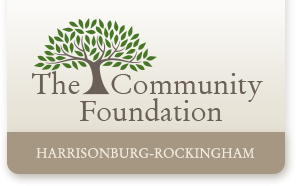Advising the charitable millionaire next door
Advising the charitable millionaire next door

With so many of your charitably-inclined clients holding large sums of money in 401(k)s and IRAs, now is an important time for a brief refresher course on the benefits of deploying these accounts toward achieving clients’ philanthropic goals. Indeed, although a charitable bequest of any type of property can help achieve a client’s estate planning and legacy goals, retirement accounts are especially powerful. When your client names a public charity, such as a donor-advised or other fund at The Community Foundation, as the beneficiary of a traditional IRA or qualified employer retirement plan, your client achieves extremely tax-efficient results. Here’s why:
–First, the client achieved tax benefits over time as the client contributed money to a traditional IRA or to an employer-sponsored plan. That’s because contributions to certain retirement plans are what the IRS considers “pre-tax”; your client does not pay income tax on the money used to make those contributions (subject to annual limits).
–Second, assets in IRAs and qualified retirement plans grow tax free inside the plan. In other words, the client is not paying taxes on the income generated by those assets before distributions start in retirement years. This allows these accounts to grow rapidly.
–Third, when a client leaves a traditional IRA or qualified plan to a fund at The Community Foundation or another charity upon death, the charity does not pay income taxes (or estate taxes) on those assets. By contrast, if the client were to name children as beneficiaries of an IRA, for example, those IRA distributions to the children are subject to income tax (and potentially estate tax), and that tax can be hefty given the tax treatment of inherited IRAs.
So, if your client is deciding how to dispose of stock and an IRA in an estate plan and intends to leave one to children and the other to charity, leaving the IRA to charity and the stock to children is a no-brainer. Remember, the client’s stock owned outside of an IRA gets the “step-up in basis” when the client dies, which means that the children won’t pay capital gains taxes on the pre-death appreciation of that asset when they sell it.
Speaking of savvy giving techniques using IRAs, a client who is 70 ½ or older can make tax-efficient gifts directly from an IRA to a qualified charity (including certain types of funds at The Community Foundation), up to $105,000 per year! This is known as a “Qualified Charitable Distribution.”
The Community Foundation is always happy to work with you to ensure that your clients are maximizing their assets to fulfill their charitable giving goals, both during their lives and through legacy gifts. We look forward to the conversation! Give us a call at 540-432-3863.
This article is provided for informational purposes only. It is not intended as legal, accounting, or financial planning advice.








